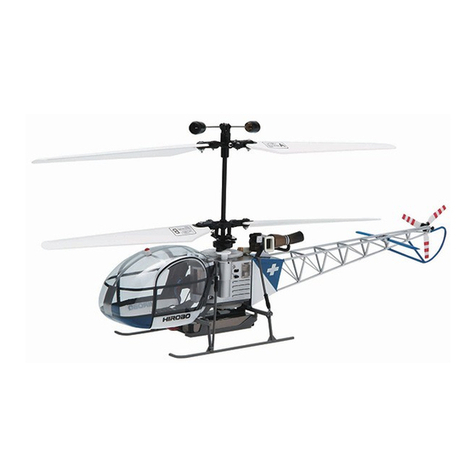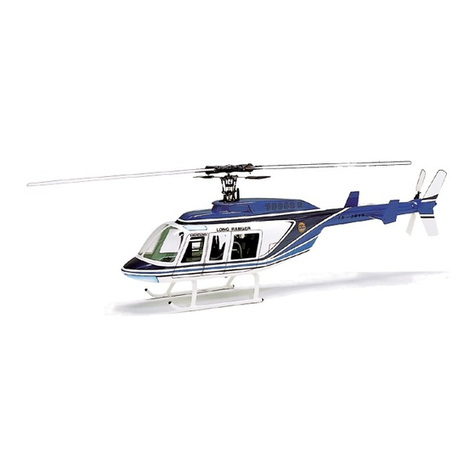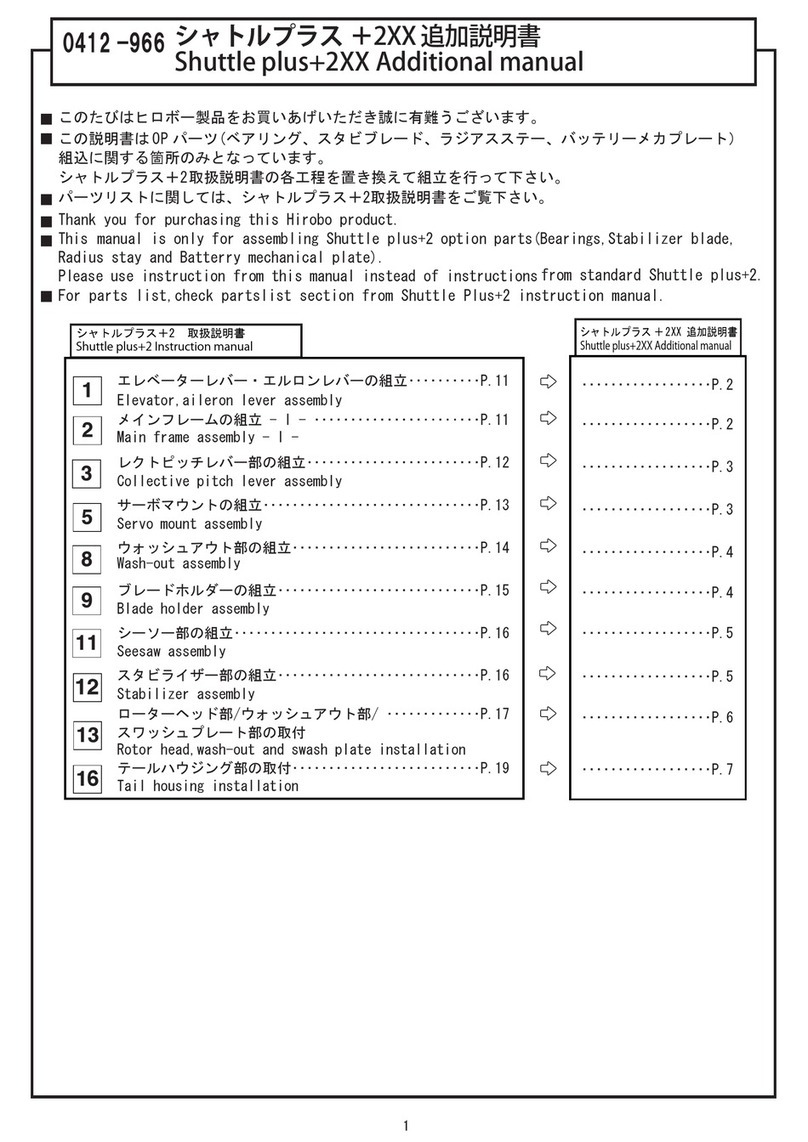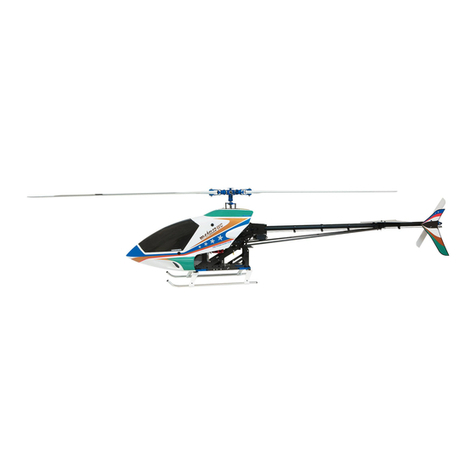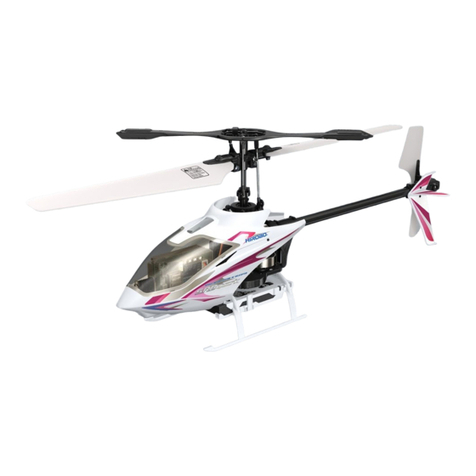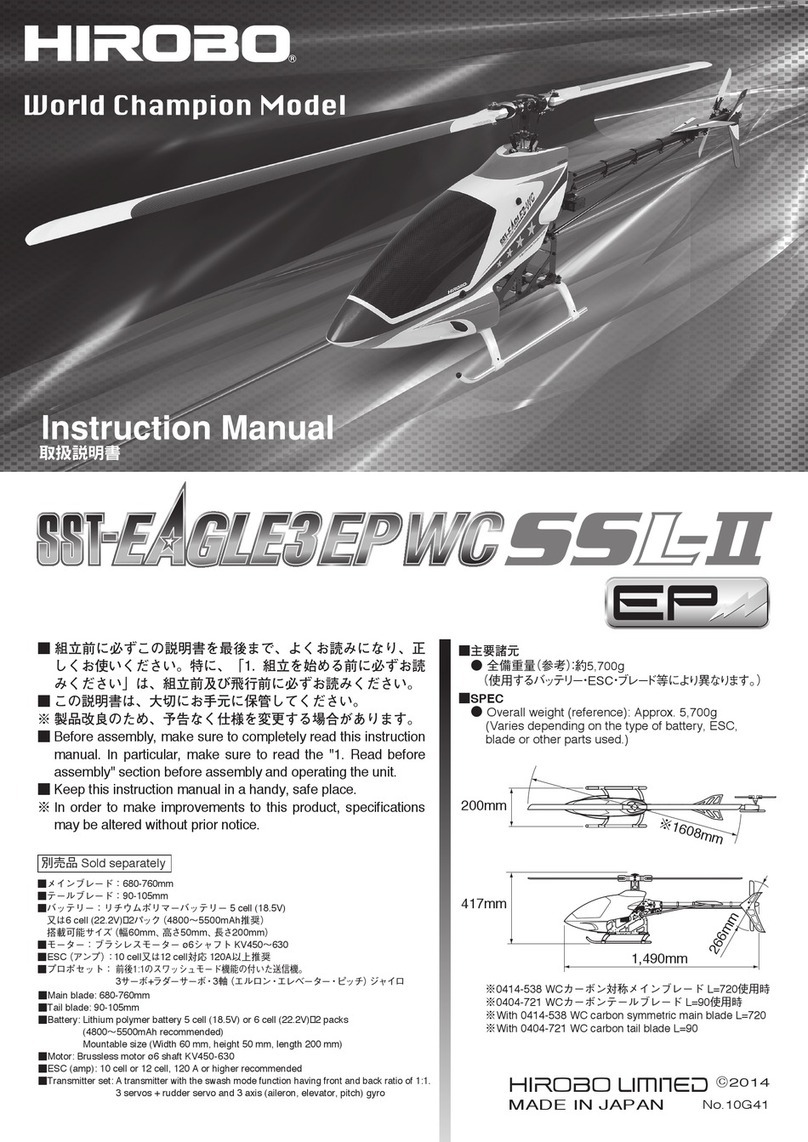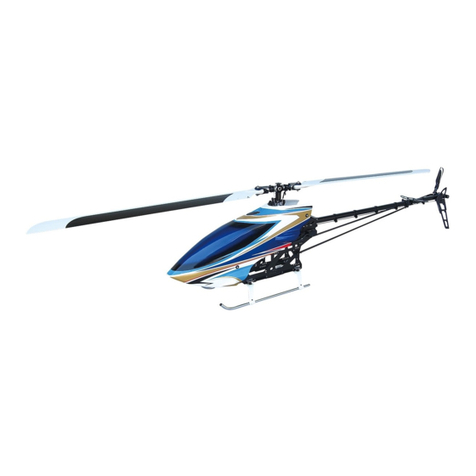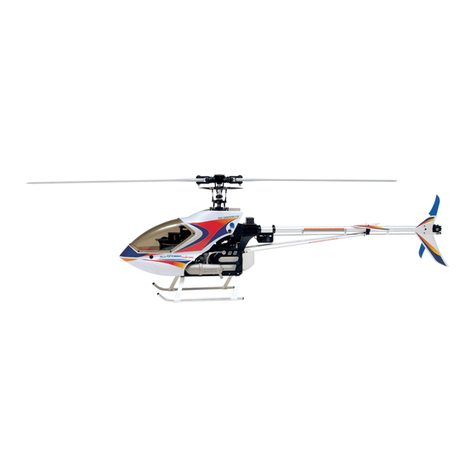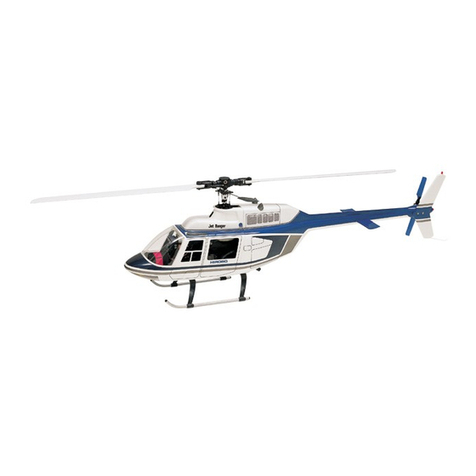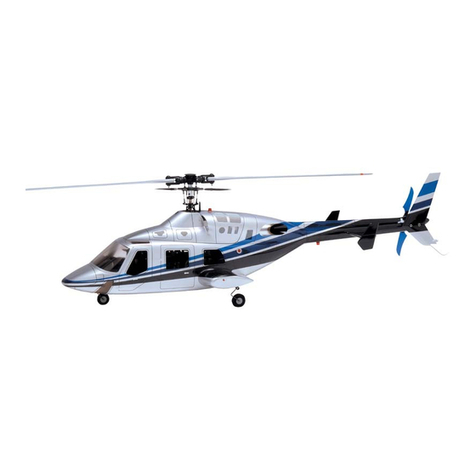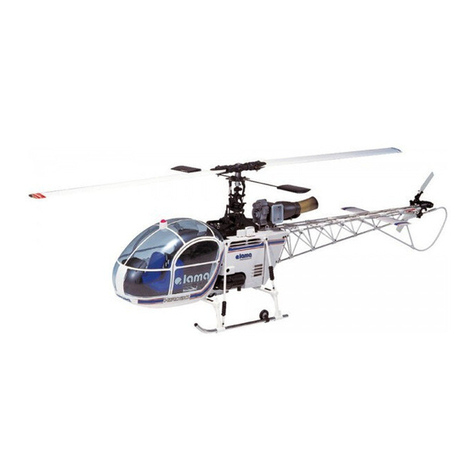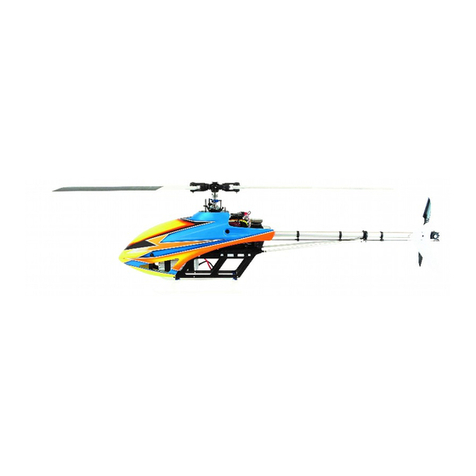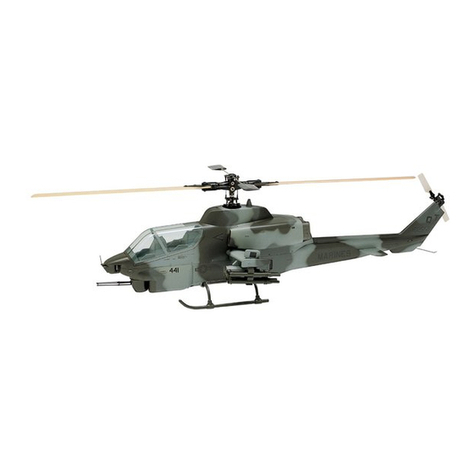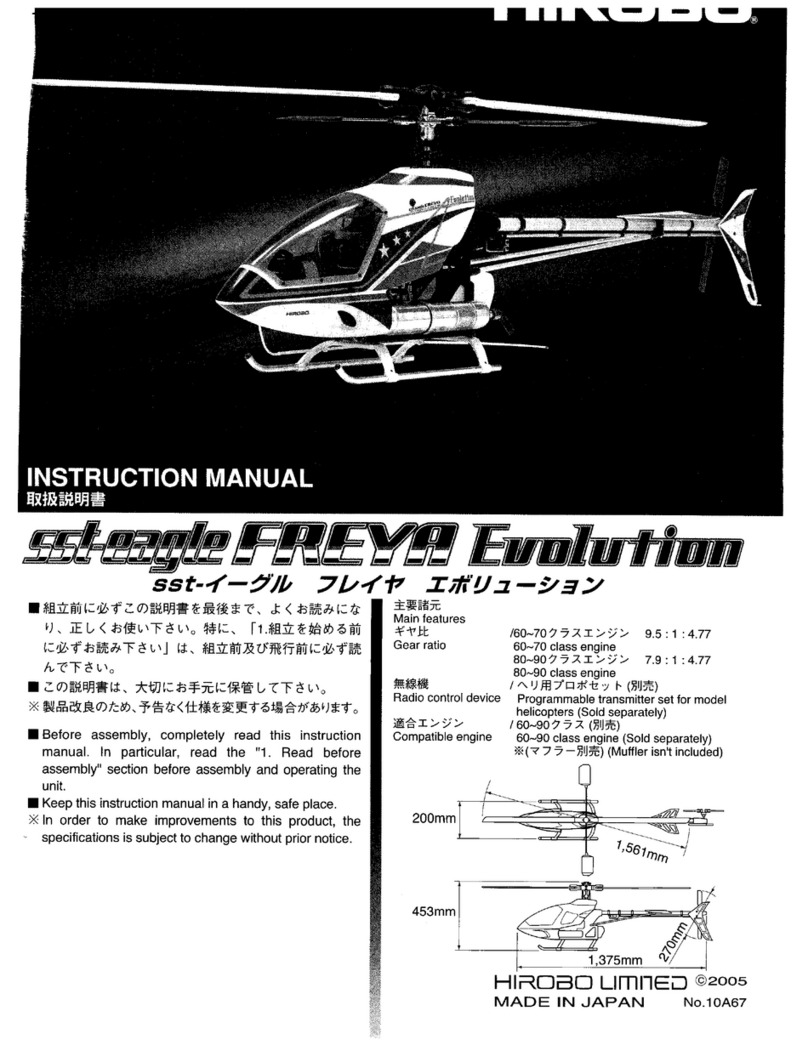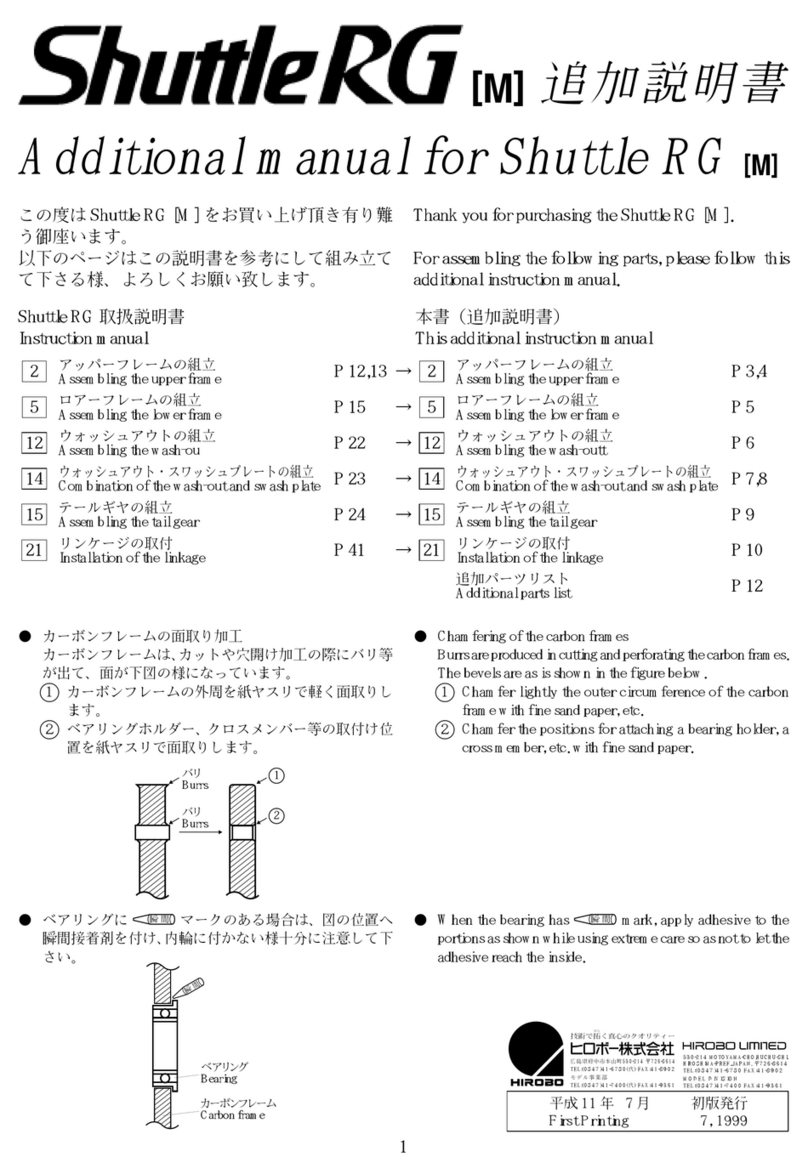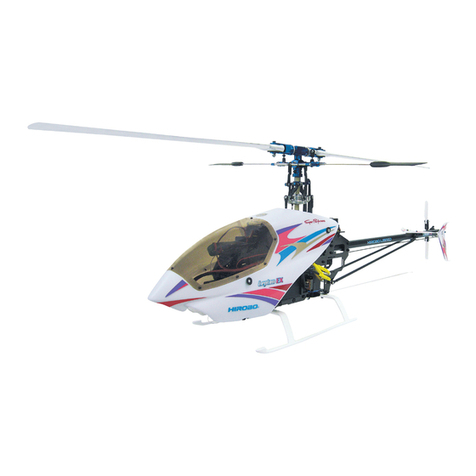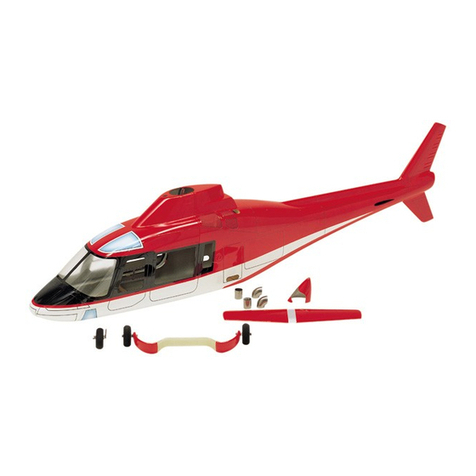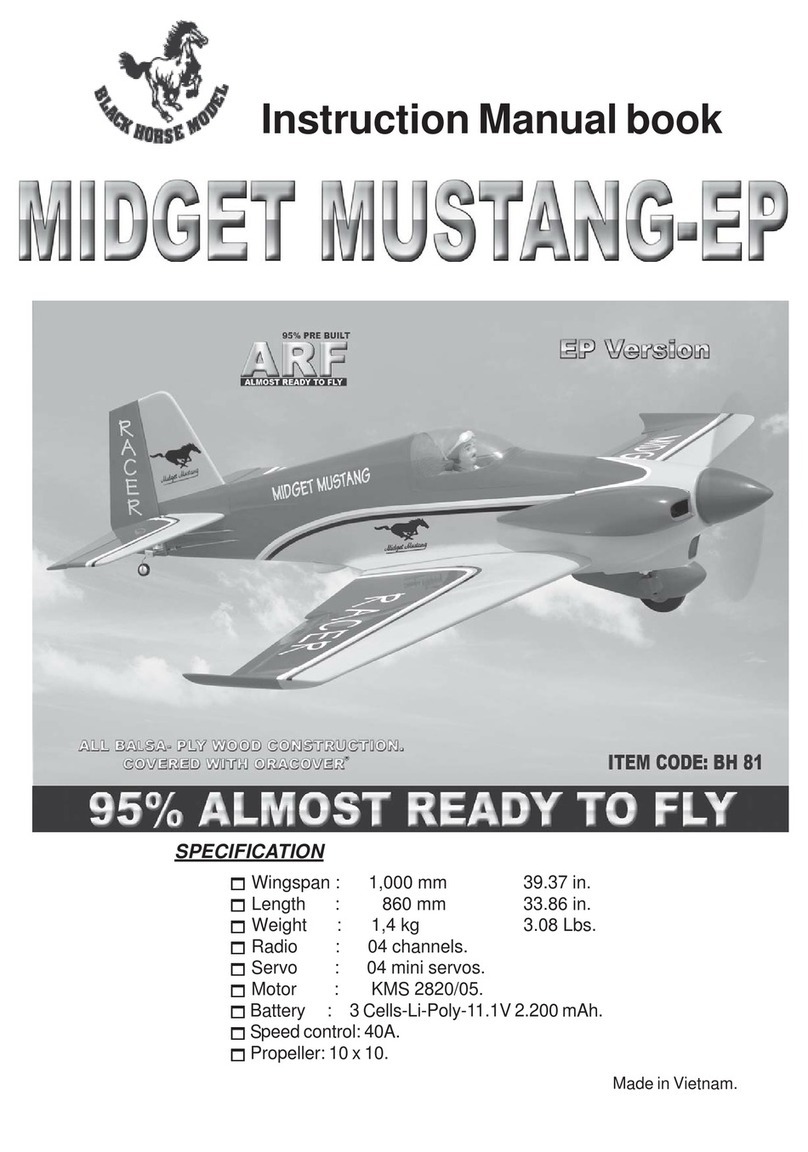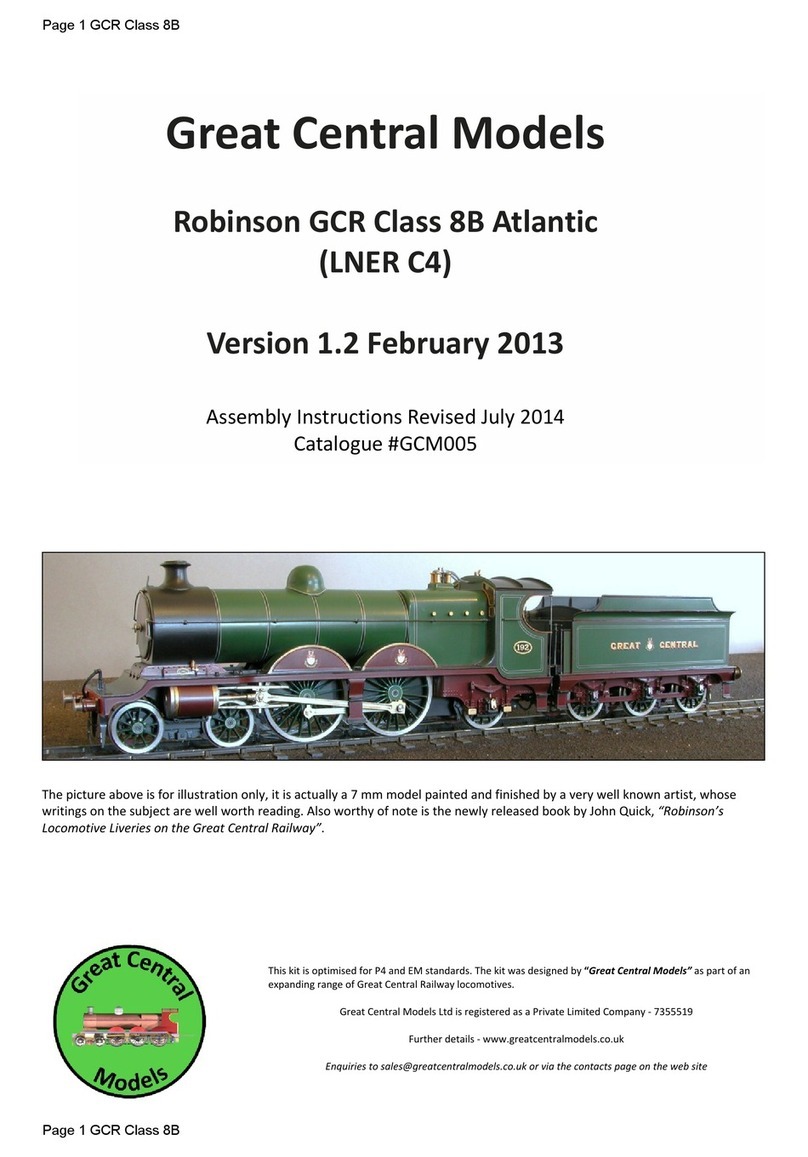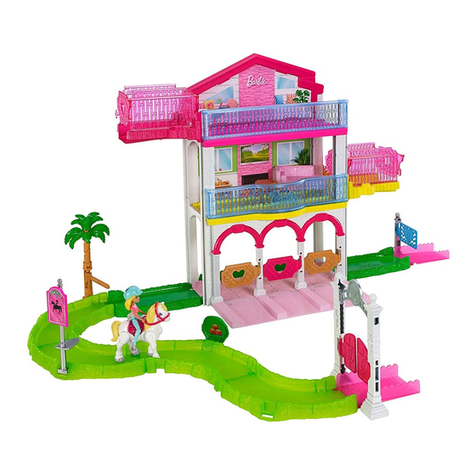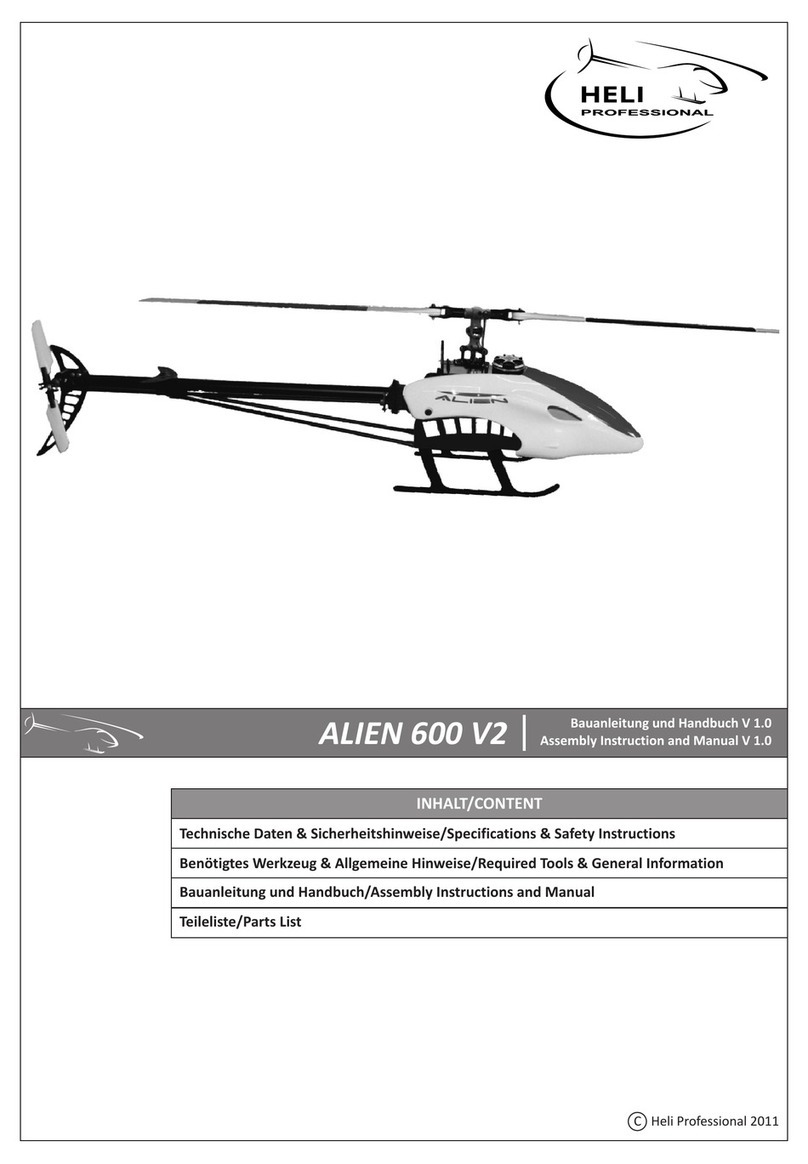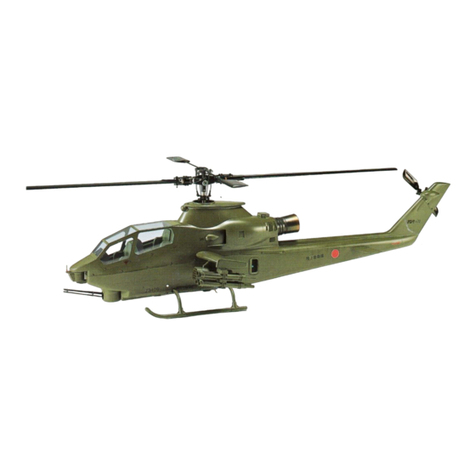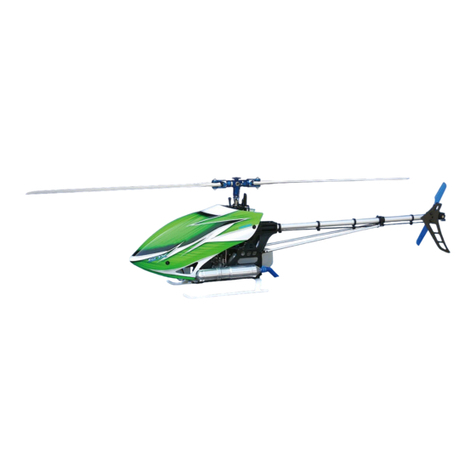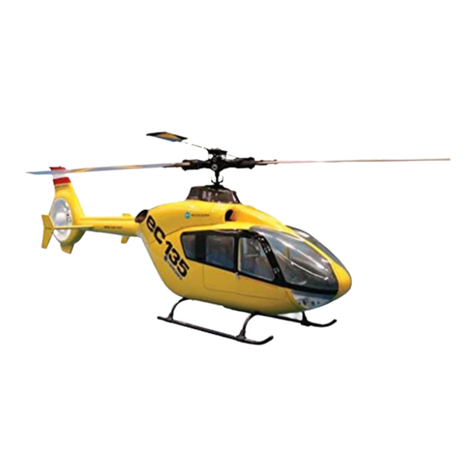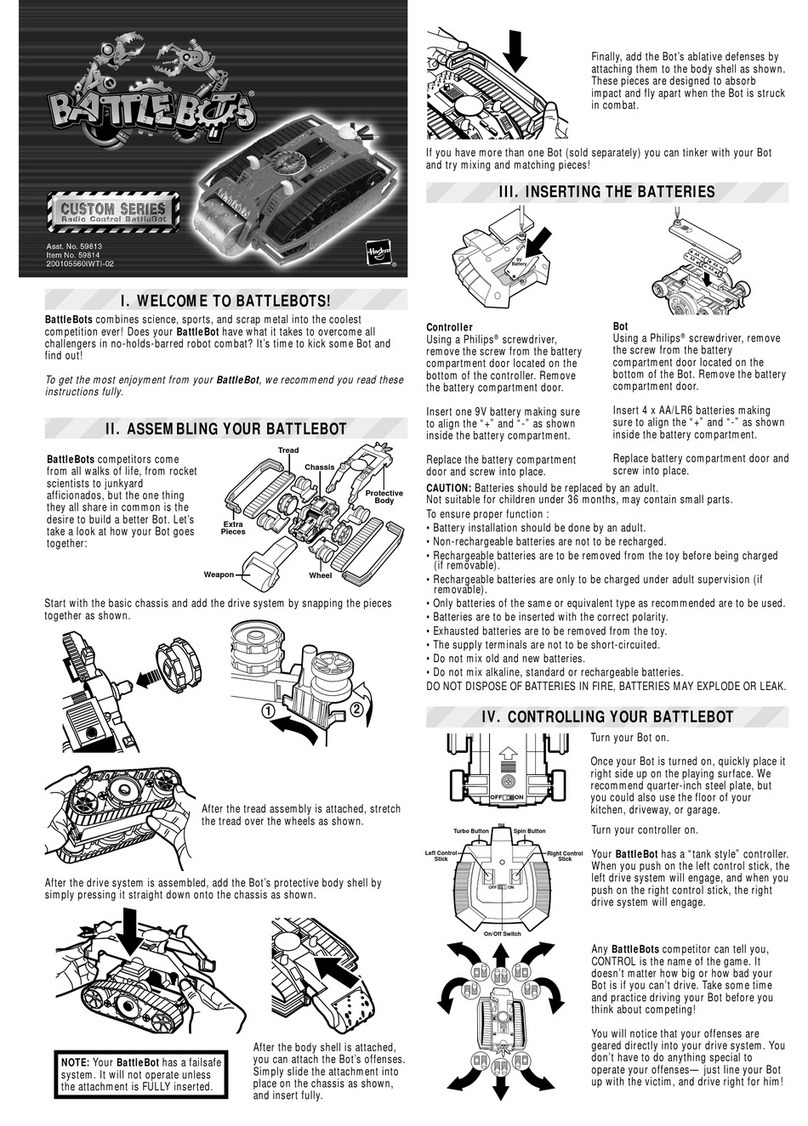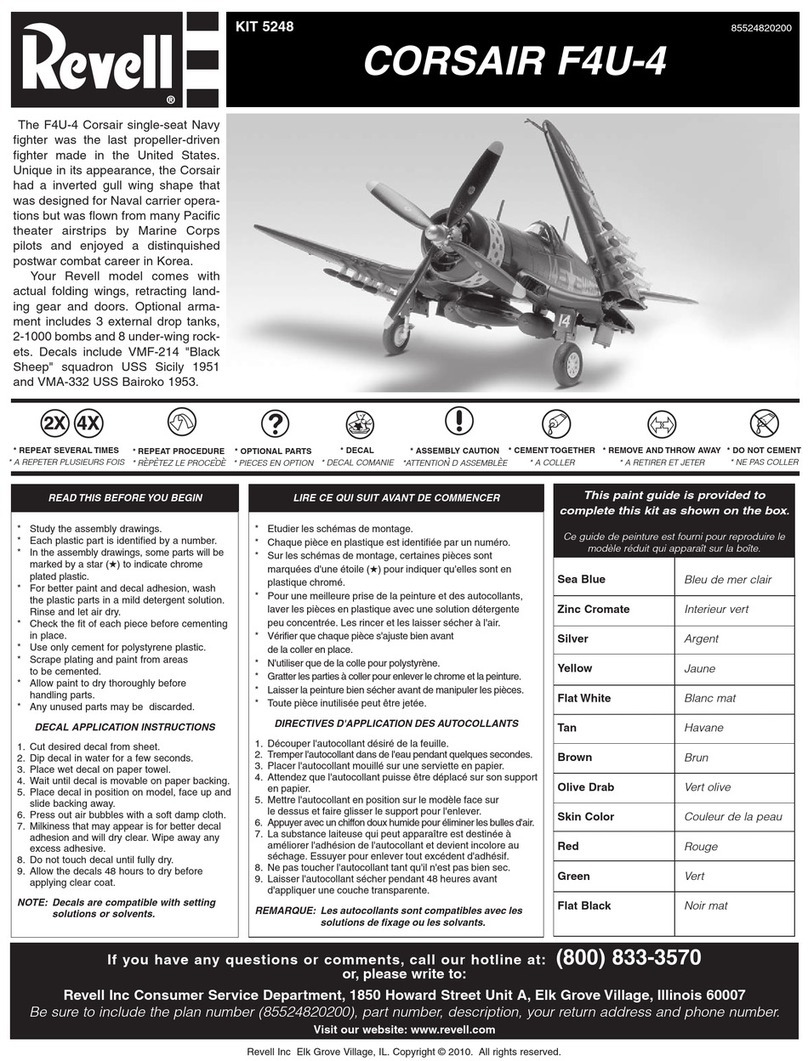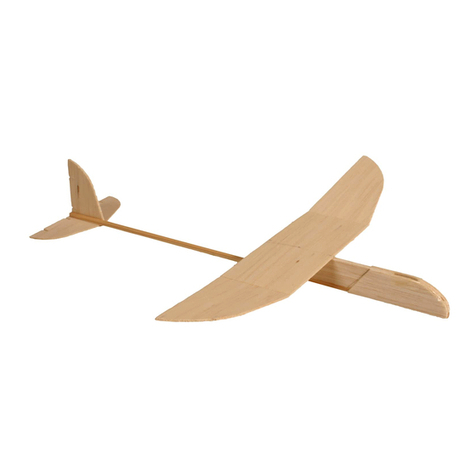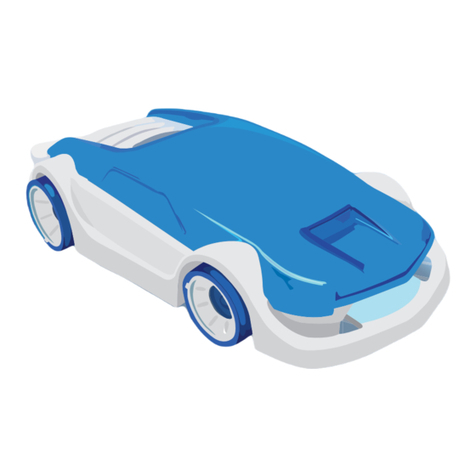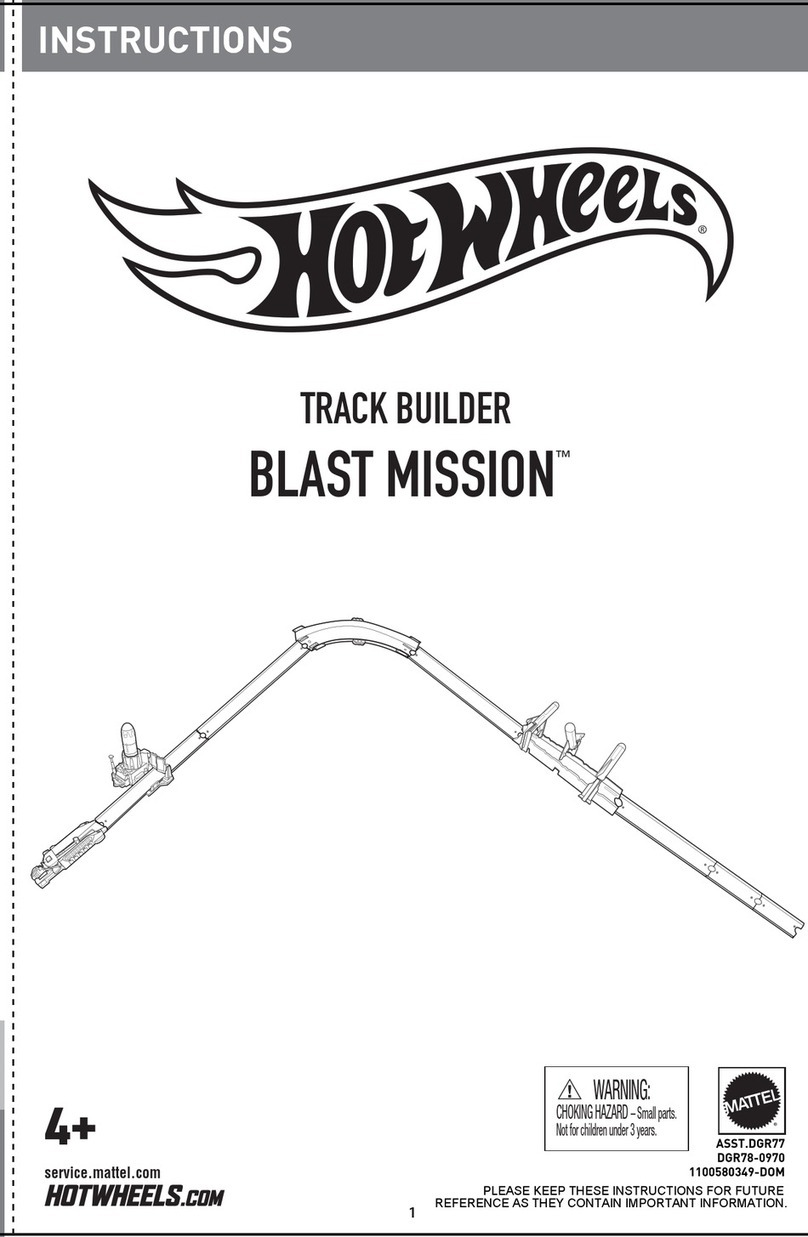
2
エンジン始動の前に Before starting the engine
1. Clear as much debris from the airfield as possible.
Clear away pebbles, glass, nails, wire, rope, floating objects, or other trash from
the airfield.
2. Consider the circumstances of the surrounding area.
Do not fly in strong winds, rain, or at night.
Do not fly in a crowded area.
Do not fly near homes, schools, or hospitals.
Do not fly near roads, railways, or power lines.
Do not fly near another radio controlled unit that uses the same frequency.
3. This unit must not be operated by:
Children.
Menstruating or pregnant women.
Tired, sick, or inebriated individuals.
Individuals under the influence of drugs or for some other reason incapable of
operating the unit normally.
Beginners or individuals operating a borrowed unit should proceed only after
having received safety instructions from someone familiar with the model.
4. Do not use the unit improperly.
Do not perform any remodeling or configuration unsuitable for the unit’s
functions.
Make sure to use within the range of the limitations indicated for the unit.
Do not use for aerial photography or crop dusting.
5. Wear appropriate clothing.
Wear a long-sleeve top and trousers.
Do not wear jewelry or object that may get easily entangled.
Long hear should be bound to shoulder length.
Wear shoes for solid footing.
Wear gloves should it become necessary to touch hot components.
6. Put away screwdrivers, wrenches, or other tools.
Before starting the engine, check that any tools used in the assembly, installation,
or maintenance of the unit have been put away.
7. Inspect each part.
Before starting the engine, check for any damaged parts and make sure that the
unit operates normally with all its functions in order.
Adjust the positioning of moveable parts and check that all nuts and bolts and
nuts are fastened, that there are no damaged or improperly installed parts, and
that there are no abnormalities that would adversely affect the flight of the unit.
Check that the power supply voltage (charge of the batteries) in the remote control
is sufficient.
The exchange or repair of damaged parts should be performed according to the
instruction manual. In the event that the desired operation is not indicated in the
manual, ask for repair service at the store from where you purchased the product
or at the engineering services section of Hirobo’s Sales Department.
Before starting the engine, make sure that there are no loose screws, that all
specified locations are properly lubricated with grease or oil, and that the
transmitter and receiver batteries are properly charged.
8. Use genuine parts.
To reduce the risk of accidents and injuries, do not use parts other those shown
in this instruction manual or in Hirobo catalogs.
9. With the engine off, practice how to operate each part.
Before starting the engine, practice how to operate each part.
Do not start the engine before having acquired sufficient handling skill.
Do not start the engine in the event that any abnormalities are noticed in the
movement of the mechanisms.
警告 WARNING
無線操縦エンジン模型の安全について
For the safe operation of the radio controlled engines




















